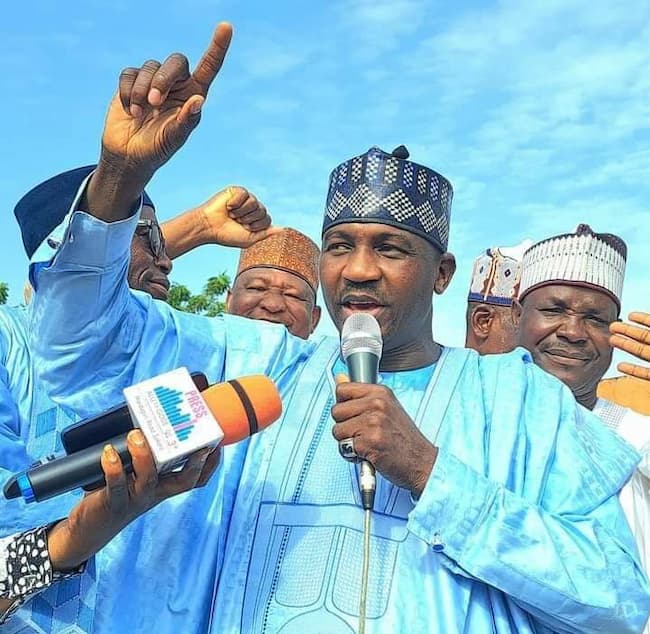Place your adverts here on InfoDig @ low rates; banner ads, sponsored links and guest articles etc. Contact us
The world’s 26 poorest countries are grappling with their highest debt levels in nearly two decades, leaving them increasingly vulnerable to economic shocks and natural disasters, according to a new World Bank report published on Sunday.
These nations, home to 40% of the global population living in extreme poverty, are now poorer on average than they were before the Covid-19 pandemic, despite much of the world rebounding economically.
The report reveals that these economies are, on average, poorer today than they were prior to the Covid-19 pandemic, in stark contrast to much of the world, which has largely recovered and resumed growth.
The findings mark a significant setback in the global fight to eradicate extreme poverty and come just ahead of the World Bank and International Monetary Fund’s annual meetings in Washington.
The study shows the increasing reliance of these nations, whose per capita incomes are below $1,145, on International Development Association (IDA) grants and concessional loans, as traditional market financing has largely dried up.
With an average debt-to-GDP ratio of 72%, the highest in 18 years, half of the countries are either in or at high risk of debt distress. Most of the countries are in sub-Saharan Africa, with a few, like Afghanistan and Yemen, outside the region.
Two-thirds of these nations are grappling with armed conflicts or deep institutional fragility, which impedes foreign investment. Their dependence on commodity exports leaves them vulnerable to volatile boom-and-bust cycles. Compounding these challenges, natural disasters between 2011 and 2023 resulted in average annual losses equivalent to 2% of GDP, five times higher than that experienced by lower-middle-income countries.
“IDA has been a lifeline for these countries when much of the world has retreated,” said World Bank Chief Economist Indermit Gill. “Over the past five years, it has directed the majority of its resources to these 26 low-income economies, helping them withstand historic setbacks.”
World Bank President Ajay Banga aims to raise over $100 billion by December 6 to replenish IDA, which last secured a record $93 billion in 2021. The report also advises these economies to strengthen domestic resource mobilization by simplifying tax systems and improving public expenditure efficiency to help stabilize their financial outlook.
What to know
As earlier reported by Nairametrics, Nigeria ascended to the position of the third-largest debtor to the World Bank’s International Development Association (IDA) as of June 30, 2024, underscoring a significant increase in the country’s borrowing from the institution.
World Bank financial statements reveal that Nigeria’s exposure to the IDA surged by 14.4%, rising from $14.3 billion in the fiscal year (FY) 2023 to $16.5 billion in FY2024. This $2.2 billion increase marks Nigeria’s first-time entry into the top three IDA debtors, a notable jump from its position as the fourth-largest borrower in 2023.
The fiscal year 2024 runs from July 2023 to June 2024, indicating that Nigeria has secured at least $2.2 billion in new financing from the World Bank under the leadership of President Bola Tinubu’s administration.
In a related development, the World Bank has ranked Nigeria among the top ten countries most severely impacted by food inflation globally. According to its food security report for September, Nigeria ranks as the fifth most affected by food inflation worldwide and the third in Africa, behind Malawi and Liberia.
The report highlighted that worsening food security in Nigeria is driven by conflicts in key food-producing regions and environmental challenges exacerbated by climate change, placing further strain on the country’s economic outlook.










)
)
)


 English (US) ·
English (US) ·